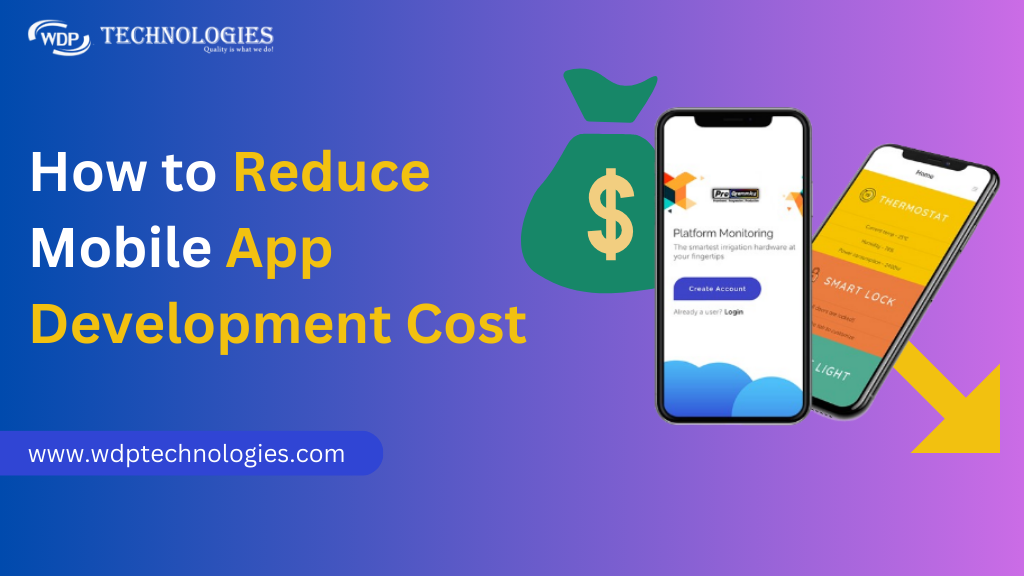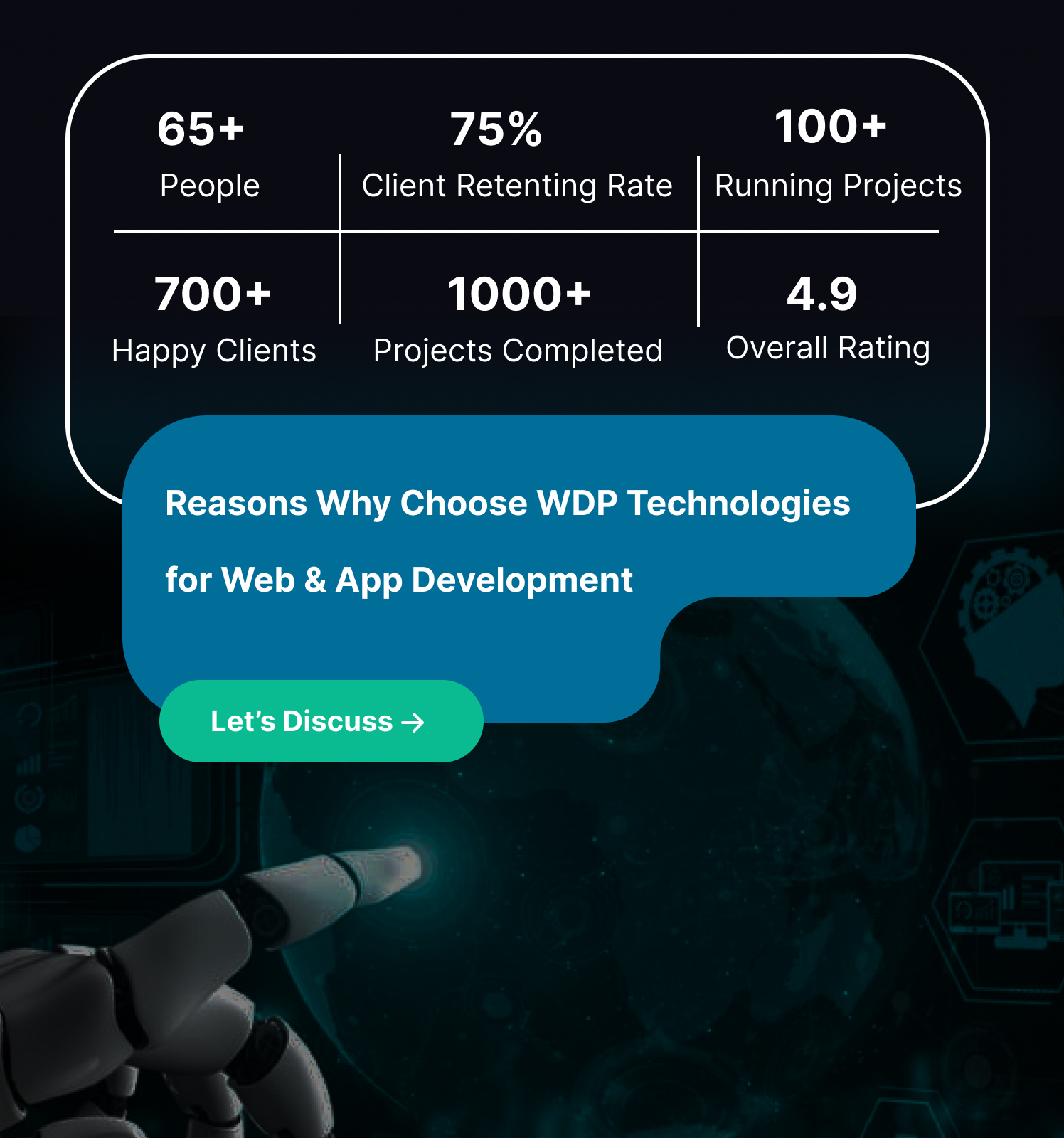In today’s digital age, mobile applications have become an integral part of our daily lives. From ordering food to managing finances, mobile apps offer a convenient way to access services and information. However, developing a mobile app can be a costly endeavor, especially for startups and small businesses. The good news is that there are numerous strategies you can employ to reduce mobile app development costs without compromising on quality. In this blog, we will explore 15 effective strategies to help you build a cost-efficient mobile app.
How to Reduce Mobile App Development Cost
Reducing mobile app development costs without compromising quality is achievable by implementing these 15 strategies. Start by defining clear objectives and requirements, choosing the right development approach, and prioritizing features.
1. Define Clear Objectives and Requirements
One of the most common reasons for cost overruns in mobile app development is a lack of clarity in the project’s objectives and requirements. Before you start the development process, define your goals, target audience, and the specific features your app should have. A clear understanding of what you want to achieve will help you avoid unnecessary changes and iterations, which can significantly impact the budget.
2. Choose the Right Development Approach
When it comes to mobile app development, you have several options, including native, hybrid, and progressive web apps. Native apps are platform-specific (iOS or Android), while hybrid apps use a single codebase for multiple platforms. Progressive web apps run in web browsers and offer a mobile-like experience. Choosing the right approach depends on your target audience and budget. Native apps provide the best user experience but are usually more expensive to develop, while hybrid and web apps can be cost-effective alternatives.
3. Prioritize Features
Identify the core features that are essential for your app’s success and prioritize them in the development process. Building a minimum viable product (MVP) with only the most crucial features allows you to launch your app faster and at a lower cost. Additional features can be added in later updates based on user feedback and budget availability.
4. Consider Cross-Platform Development
If your app needs to be available on both iOS and Android, consider using cross-platform development frameworks like React Native, Flutter, or Xamarin. These frameworks allow you to write code once and deploy it on multiple platforms, saving both time and development costs.
5. Outsourcing Development
Hiring an in-house development team can be expensive, especially if you’re developing your app on a tight budget. Outsourcing your development to an experienced mobile app development company or freelance developers can significantly reduce costs. Just be sure to conduct thorough research and due diligence to find a reliable and reputable partner.
6. Open Source Libraries and Tools
Take advantage of open-source libraries and development tools to accelerate the development process. Many libraries and tools are available for free, reducing the need for custom development and saving money.
7. Prototype and Mockups
Before diving into full development, create prototypes and mockups of your app’s user interface and functionality. This allows you to visualize the final product, gather user feedback, and make necessary adjustments early in the process, preventing costly changes later.
8. Test Early and Often
Thorough testing is essential to ensure your app functions properly and meets user expectations. Conduct regular testing throughout the development process to catch and fix issues early, reducing the cost of extensive rework and bug fixes in later stages.
9. Agile Development Methodology
Adopt an agile development methodology, such as Scrum or Kanban, to promote flexibility and adaptability during the development process. Agile methodologies allow you to make changes based on evolving requirements and user feedback, reducing the risk of costly rework.
10. Optimize User Interface Design
A well-designed user interface is crucial for a successful mobile app, but you don’t have to break the bank on design. Opt for a clean and simple design that focuses on usability. Use pre-designed UI elements and templates to save time and resources.
11. Cloud Services and APIs
Leverage cloud services and APIs (Application Programming Interfaces) for various functionalities such as storage, authentication, and data processing. These services can significantly reduce development time and costs by eliminating the need to build these components from scratch.
12. Consider a Revenue Model
Think about how your app will generate revenue. Whether it’s through in-app ads, premium features, or subscription plans, a well-defined revenue model can help offset development costs over time. However, make sure your monetization strategy doesn’t compromise the user experience.
13. Refactor Code and Optimize Performance
Regularly review and refactor your code to ensure it remains efficient and maintainable. Optimizing the app’s performance not only enhances the user experience but also reduces server and infrastructure costs.
14. Use Analytics for Data-Driven Decisions
Integrate analytics into your app to gather data on user behavior and app performance. This data can guide your decisions on future updates and feature enhancements, ensuring you invest resources where they will have the most impact.
15. Plan for Post-Launch Maintenance
Mobile app development doesn’t end with the app’s launch. Plan for ongoing maintenance and updates to address bugs, improve performance, and add new features. A well-structured post-launch plan ensures your app remains competitive and user-friendly.
What to Look while choosing app development company
Choosing the right app development company is a critical decision that can significantly impact the success of your mobile app. To ensure you make an informed choice, consider the following factors when selecting an app development company:
Experience and Expertise:
Look for a company with a track record of successfully delivering projects similar to yours. Their experience in your industry or niche can be invaluable. Ask for a portfolio of their past work and case studies.
Technical Proficiency:
Ensure the company has a team of skilled developers proficient in the technologies and platforms relevant to your project. They should be up-to-date with the latest trends in mobile app development.
Client Reviews and References:
Seek feedback from previous clients or read online reviews and testimonials. Talking to past clients can provide valuable insights into the company’s reliability, communication, and overall satisfaction.
Transparency and Communication:
Effective communication is key. The company should maintain clear channels of communication and be responsive to your inquiries. Transparent processes and regular updates are essential for a successful partnership.
Project Management Approach:
Inquire about their project management methodologies. Companies that follow agile methodologies like Scrum or Kanban tend to offer flexibility and adaptability during development, which can be beneficial for your project.
Scalability:
Consider whether the company can scale its services to meet your growing needs. As your business expands, you’ll want a development partner who can grow with you.
Customization:
Ensure the company is willing to tailor its services to meet your specific project requirements. A one-size-fits-all approach may not be suitable for your unique needs.
Cost and Budget Alignment:
While cost should not be the sole deciding factor, it’s essential to find a company whose pricing aligns with your budget. Request a detailed cost estimate and be clear about your financial expectations.
Legal and Compliance:
Confirm that the company complies with legal and regulatory requirements, such as data protection and privacy laws. If your project involves sensitive data, ensure they have strict security protocols in place.
Innovation and Adaptability:
Look for a company that embraces innovation and is open to exploring new technologies and solutions. They should be forward-thinking and capable of recommending cutting-edge solutions to keep your app competitive.
Ownership of Source Code:
Clarify the ownership of the app’s source code. You should have the rights to the code and assets developed for your app. Ensure this is clearly defined in the contract.
Post-Launch Support and Maintenance:
Inquire about their post-launch support and maintenance services. A strong partnership extends beyond the app’s initial development, as you’ll need ongoing support and updates.
Non-Disclosure Agreement (NDA):
Consider having the company sign an NDA to protect your app idea and data. This is particularly important if your app concept is unique and valuable.
Geographical Location:
Decide whether you prefer a local, nearshore, or offshore development company. Each has its advantages and drawbacks in terms of cost, communication, and time zone differences.
Long-Term Partnership Potential:
Think about whether the company is interested in building a long-term partnership with you. A strong and enduring relationship can lead to more successful outcomes.
Conclusion
By carefully considering these strategies and making informed decisions, you can develop a cost-efficient mobile app that meets your business goals and user expectations while staying within your budget. With the right approach, your mobile app can become a valuable asset for your business without breaking the bank.












